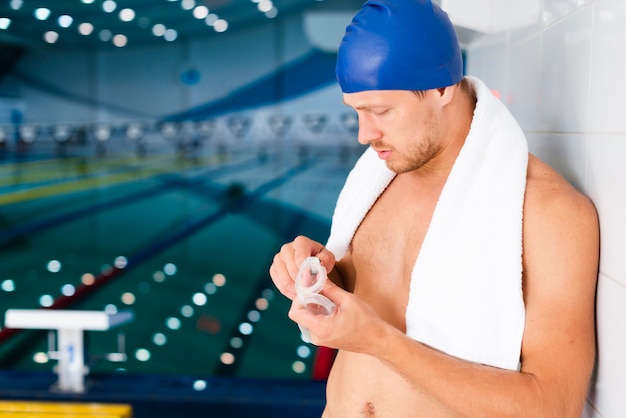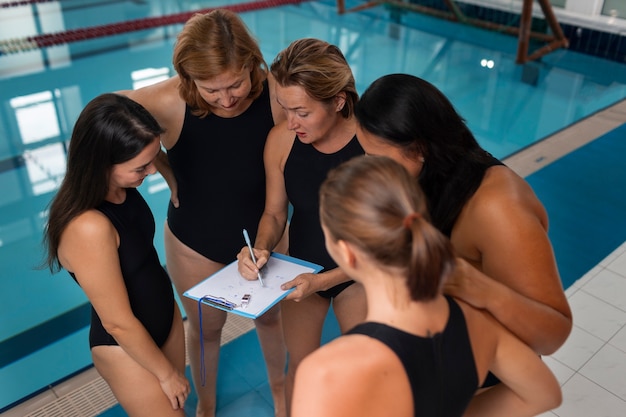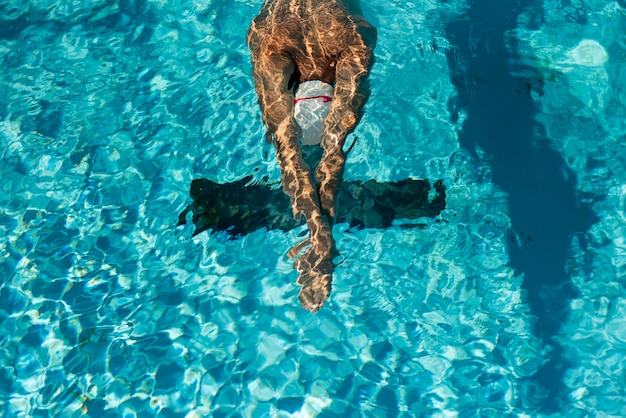Swimming is more than just laps in the pool—it’s a complex blend of endurance, technique, strength, and mental focus. Whether you're training for competition or aiming to improve personal performance, how you structure your training matters. That’s where periodization comes in. This proven method helps swimmers optimize performance, reduce injury risk, and peak at the right time. In this guide, we’ll break down what periodization is, why it works, its benefits and risks, and how to start applying it to your swim routine.
Periodization is a systematic approach to training that divides the overall program into specific phases, each with a unique focus. Instead of swimming the same workouts week after week, periodization structures training into cycles—typically macrocycles (annual plans), mesocycles (monthly or phase-based blocks), and microcycles (weekly plans). Each phase emphasizes different goals, such as building endurance, increasing speed, or tapering before a major race.
In swimming, this might mean starting with a base phase focused on aerobic conditioning and technique, followed by a build phase that incorporates more high-intensity intervals, and finally a taper phase where volume decreases to allow the body to recover and peak for competition.

Swimming demands both physical and technical precision. Periodization works because it aligns training stress with recovery, allowing the body to adapt progressively. Here’s how:
Several periodization models are used in swimming, depending on the athlete’s goals and competition schedule:
When applied correctly, periodization offers swimmers a clear roadmap to success. Key benefits include:
While periodization is highly effective, it’s not without challenges:
To avoid these pitfalls, it’s important to remain flexible, monitor fatigue, and adjust as needed.
Starting with periodization doesn’t require a coach or advanced tools. Follow these steps to build your own plan:

No two swimmers are the same. Adjust your plan based on experience, age, recovery capacity, and lifestyle. For example:
Use tools like training logs, heart rate monitoring, or perceived exertion scales to track progress and make informed adjustments.
Periodization is not just for elite athletes—it’s a smart, science-backed strategy that any swimmer can use to train smarter and perform better. By organizing your training into purposeful phases, you gain clarity, avoid plateaus, and reach your goals with greater consistency. Start simple, stay consistent, and let the principles of periodization guide your journey in the water.

Fitness

Fitness

Fitness

Fitness

Fitness

Fitness

Fitness

Fitness

Fitness

Fitness

Fitness

Fitness

Health

Fitness

Health

Health